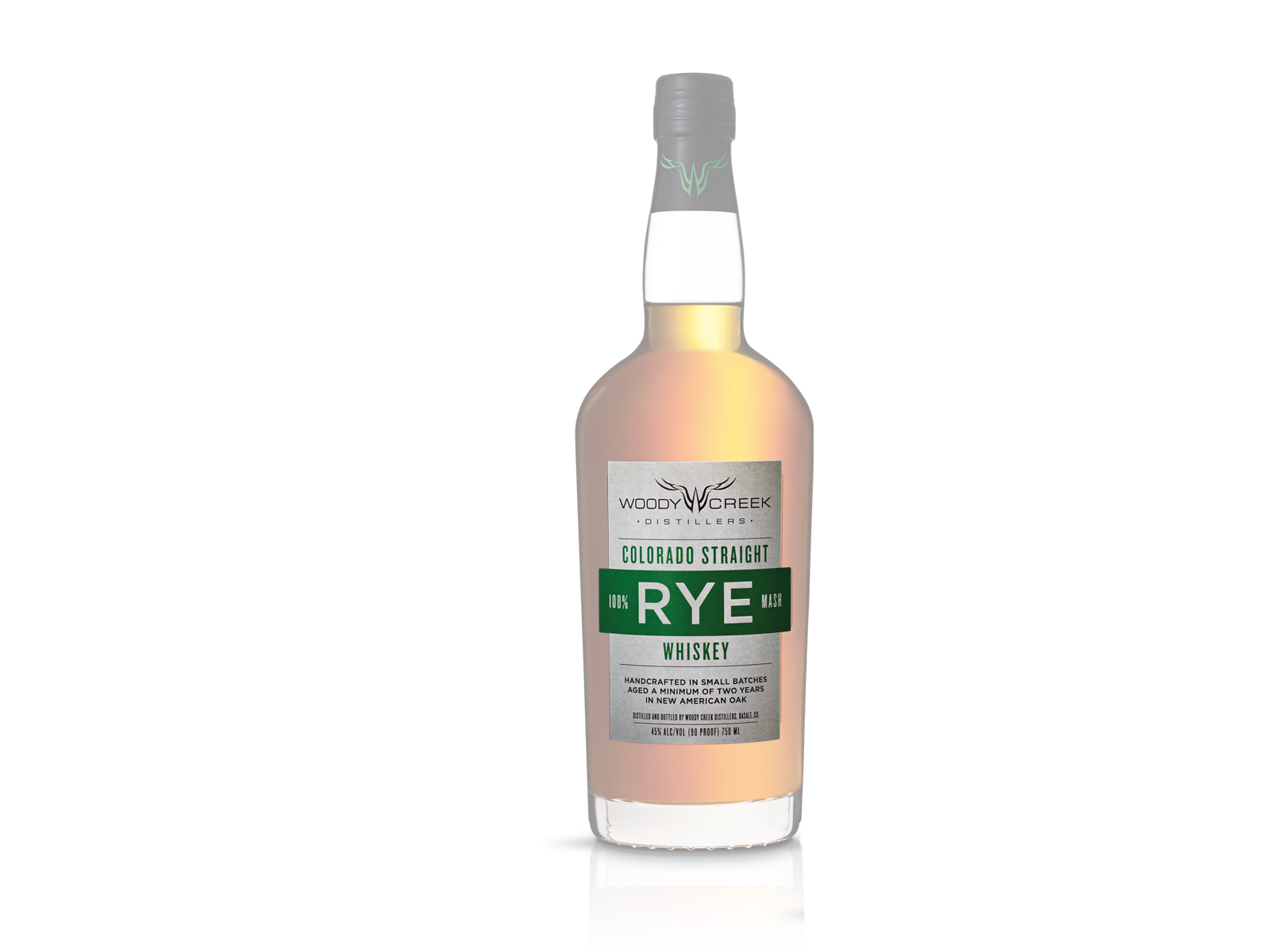The Local newsletter is your free, daily guide to life in Colorado. For locals, by locals.
Label Says: Woody Creek Distillers
Which Means: The brand name of the distillery that bottled the whiskey. The address must also appear, but it can be the location of the distillery or its primary place of business (read: an office or tasting room).
Label Says: 100% Rye Mash
Which Means: The whiskey in that bottle was distilled from a “fermented mash bill,” or grain mixture, entirely made up of rye (only 51 percent is required to call a spirit “rye”); bourbon comes from a mash bill of at least 51 percent corn.

Label Says: Aged A Minimum Of Two Years
Which Means: That whiskey has spent at least two years in an oak barrel. Although often regarded as a sign of excellence, “age isn’t an indicator of quality, but of differentiation,” says Alan Laws, founder of A.D. Laws Whiskey House. “Some whiskeys need 10 years; some need only two.”
Label Says: Straight Whiskey
Which Means: The liquor is made from grain, isn’t stronger than 160 proof, and was aged for at least two years in brand-new, charred American white oak barrels. If younger than four years, there must be an age statement reflecting the youngest whiskey in the bottle.
Label Says: Handcrafted In Small Batches
Which Means: Not a lot, because these terms aren’t regulated.
Label Says: Distilled And Bottled By
Which Means: The whiskey was crafted and put into the bottle by that producer. “Produced by” isn’t a regulated statement and usually means the whiskey came from Midwest Grain Products, a huge sourcing facility in Indiana.
Label Says: 45% Alc/Vol
Which Means: The percentage of alcohol by volume—also appearing as “ABV”—a bottle contains. In the 18th century, liquor was “proofed” by adding gunpowder to it and setting it on fire. If the flames burned blue, that was proof the alcohol content was just right (around 57 percent). Today, the proof measure-ment is twice the ABV percentage.
Label Might Also Say: Single Barrel (from one barrel, not a blend from multiple barrels of potentially different ages); Single Malt (from one distillery, as opposed to a “blended” spirit from multiple distilleries); or Bonded or Bottled in Bond (made at one distillery in one season; aged at least four years in a federally bonded, supervised warehouse; and bottled at 100 proof).








